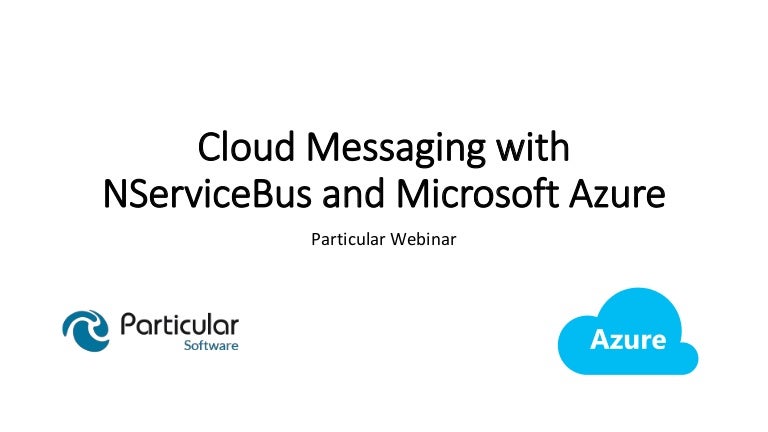


Domain events are internal to a service boundary, and infrastructure/integration events are between service boundaries. How do you feel about this separation of events? Net Microservices book that came out last year, they were doing domain events through MediatR and infrastructure events through Azure Service Bus, where you can add higher level abstraction for ease of use like NServiceBus. Large events are not automatically incorrect, but we need to take care we’re not accidentally introducing coupling and over-exposing state. The longer answer would look at the coupling between systems, fat vs. There’s a short answer: Events should contain only what is necessary for the overall system to function, and nothing more. Q: How much information should an event contain? Is it bad practice to put whole records of data when broadcasting events to downstream systems? Mainly because they’re globally unique, so then we don’t have to worry about ID collisions between resources of the same (or different) type. Yes! This tool from Particular called “ Service Insight” shows how messages flow through the system. Q: Is there a tool to visualize the message (events/commands) flow/process? It’s an opt-in behavior, and we can instead use MSBuild to generate the required SQL scripts if we want to create these tables as a separate process. In our example, automagically because we enabled recoverability installers, which creates the required infrastructure on startup. Q: How is the state table created for the saga (placeOrderRequests)? Manually or automatically? Q: Is there an automatic retry for the handler that can be configured? This is not a hard and fast rule, however, as we can intentionally expose commands for capabilities (such as “print this report” or “send this email” or “bill this customer”). From an SOA/microservice perspective, this means that in order to avoid process coupling between services, we use commands inside a service boundary and events between them. When we want to notify other systems that some action has occurred, we use an event. When we want to direct a system to perform an action, we use a command.

Events are a fact, typically modeled in some form of a past tense verb. an Event?Ĭommands direct some system to perform some action. More on microservices messaging w/ NServiceBus Q: How do you know when to use a Command vs. Below, he dives into the whys, whats, and hows of messaging with NServiceBus, and includes links to helpful resources.
NSERVICEBUS VS MASSTRANSIT HOW TO
The video addresses issues that merited demos, like how you can share events projects, the pros and cons of different publishing approaches, how to inform a user when a “payment” fails, and where you place validation. So as Jimmy jetted to NDC Oslo this week to talk about distributed transactions, he also dug into some of your NServiceBus messaging queries. The questions that viewers submitted at the end of the talk became catalysts for deeper discussion.
NSERVICEBUS VS MASSTRANSIT SOFTWARE
You came, you saw, and you asked some probing questions about microservices messaging-so we wanted to share some more insights.ĭuring our recent NServiceBus webinar, our Chief Architect and renowned software consultant Jimmy Bogard talked about the challenges of moving to messaging, then walked us through some implementation patterns.


 0 kommentar(er)
0 kommentar(er)
